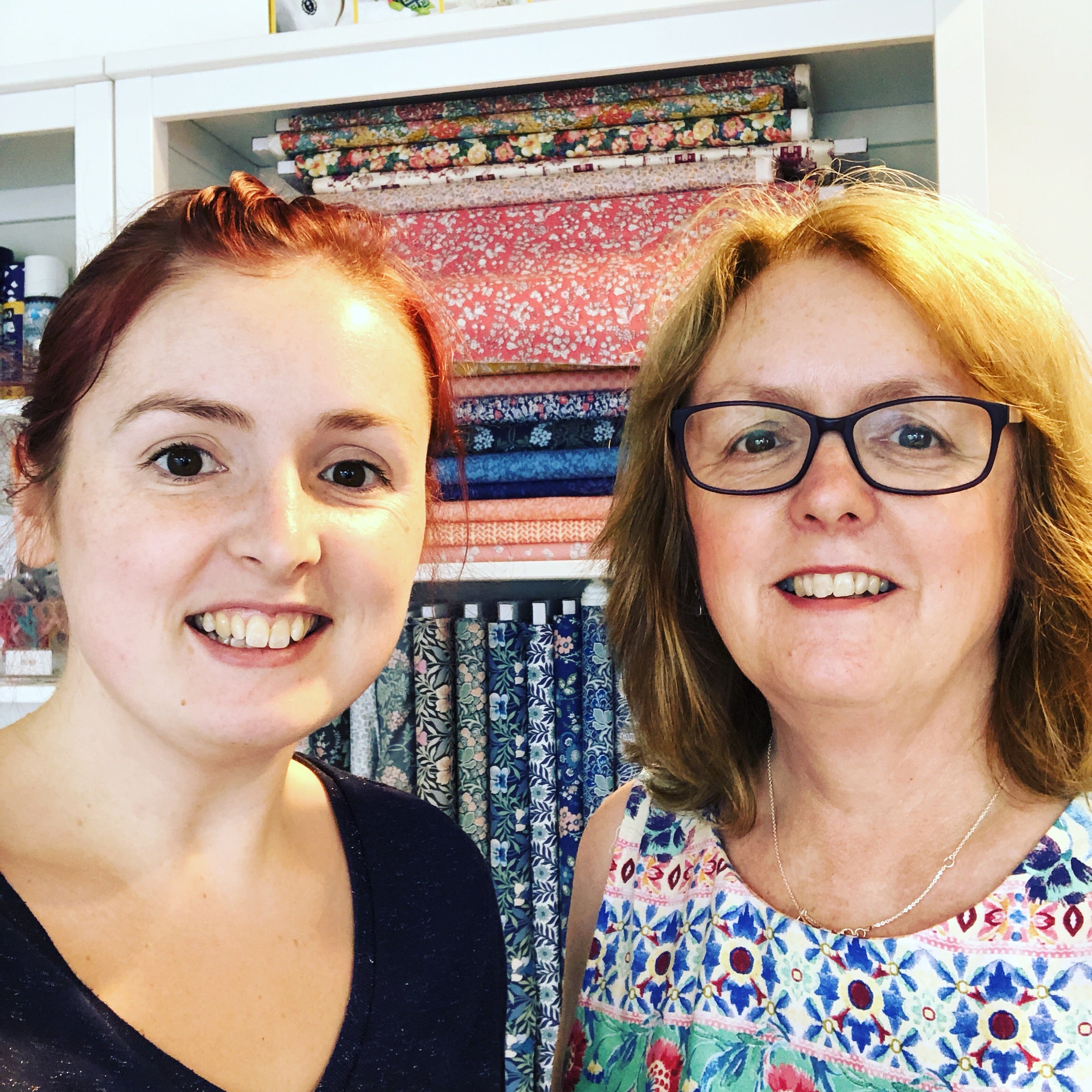Starting to sew clothing projects and other larger projects often involves sewing hems to finish off. Although this may seem daunting at first, it's really not too bad! Check out this quick guide to sewing a basic hem if you need a bit of guidance to get you going.
How to Do a Basic Hem
You will need:
How to Make:
- Take the project you want to hem and lay it out flat. Iron out any creases in the fabric if necessary - (I have chosen to hem the top of this pocket piece for an apron).
- Turn the fabric over so that the right side (patterned side) is against the table surface. Decide how big you want to make your hem - this usually depends on the type of fabric you are using, but the general rule is the heavier the fabric, the larger the hem. Hems usually vary from 0.5cm-2cm wide (I made mine a little wider than normal so it would show up better in the photos). Fold your fabric up from the edge at your desired width.
- At this point, check that you have an equal width all the way along the hem. You may find it easier to press the hem flat at this point, though it is not necessary.
- Turn over from the folded edge by the same width once again, so you have no raw edges showing. Pin in place.
- Thread your machine up and place your hem underneath the needle, starting at the top edge (or where a seam is if an item of clothing etc). Begin by stitching forward by about 1cm, then use the reverse stitch button on your machine to go back over the stitching you have just done. This strengthens your stitching to give a strong hem that will withstand more wear and tear.
- Continue stitching normally down the length of your hem, ensuring that your stitching is straight. You can use the metal plate above the bobbin loader to help guide you - they often have lines etched in at different widths, to help with sewing straight hems.
- When you get to the end, reinforce your hem stitching once again by reverse stitching by about 1cm.
- Raise your footer and cut the thread. Trim any loose threads on your project (I didn't get around to doing this yet as I had more sewing to do after, but you want it to look neat!).
- Check that the stitching is neat and correct on both sides. If you think you've sewn it too wonky or the thread is all caught up on the underside, you can always unpick it using a seam ripper and try again. Press flat for a neat finish.










